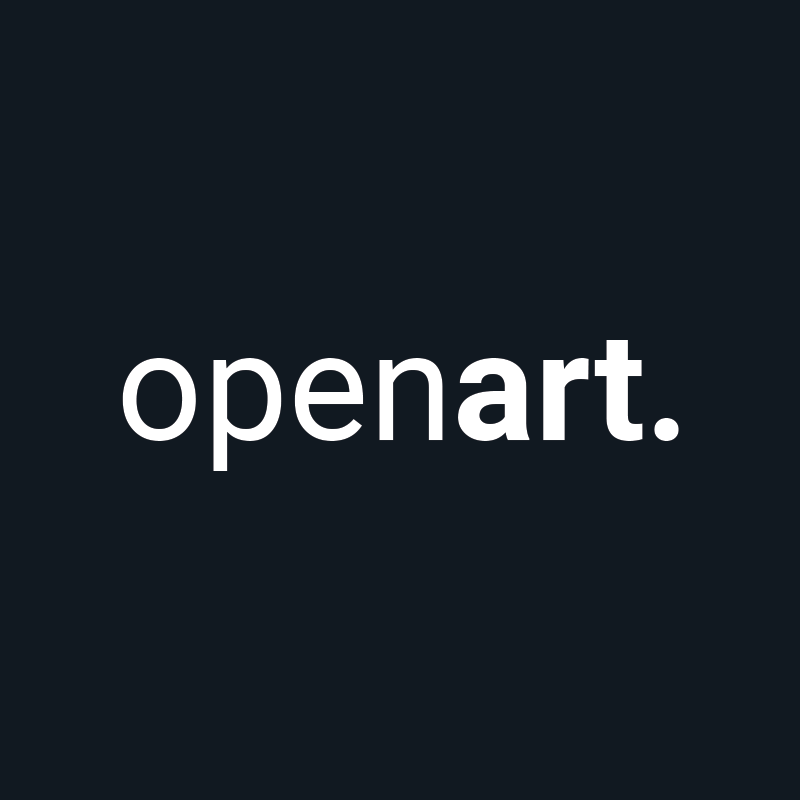One of India’s biggest art fairs that takes place annually, the India Art Fair welcomed 81 Indian and international art galleries. Mainly focusing on Indian artists, 71% of the floor space was provided to leading Indian art galleries, private foundations, arts charities, national institutions and artists’ collectives, as mentioned by Jagdip Jagpal, the director of India Art Fair. Initially showcasing the exhibition in Pragati Maidan, the India Art Fair was founded in 2008 and showed its 12th edition this year in NSIC ground, Okhla.
India Art Fair is known for presenting contemporary and modern art from India, countries from South Asia, the USA, Germany, Israel, etc. Jagpal emphasized on the importance of the involvement of international exhibitors who have not only committed for a long time but have also brought salient works by artists whose works have rarely or never been shown before.
India Art Fair promoted inclusivity with an aim to indoctrinate and upskill the people about South Asian art for its 12th edition. Artists had built deep intimate narratives about migration, culture and gender, giving the socio-political events of our time a personal touch— irrespective of their location, be it in the gallery rooms, or in the projects outside. The fair featured anodyne artworks, braille signs and fair guides from entry to exit, rounded off by unique accessibility tours for visitors.
The three exhibition halls were divided into 5 sections. The Galleries section included art galleries such as Nature Morte, Jhaveri Contemporary, Akar Pakar, Crayon Art Gallery, David Zwirner, Gallery Tableau, Bruno Art Group, etc., the Platform section showed works by Britto Arts Trust, Delhi Crafts Council, Gallery Ragini, Nepal Picture Library, etc., the Institutions section manifested Embassy of Brazil, Foundation of Indian Contemporary Art (FICA), Korean Cultural Centre India, MASH Sculptural Space, Kolkata Centre for Creativity, etc.. The Focus section presented artworks by Emami Art, Rukshaan Art, Kalakriti Art Gallery, Gallerie Nvya, etc., and the final section, Artist in Residence had Ghiora Aharoni.
The Crayon Art Gallery showed a single artwork in a dark room, which was an illuminated figurative painting by Raja Ravi Varma, one of the most celebrated artists of India who was best known for amalgamating European academic style with Hindu mythological themes from ancient Hindu texts such as the Vedas and the Puranas. ‘ Vishnu on Sheshnag ‘ is an iconic and seminal depiction, delineating the classical iconography of the deity with Goddess Lakshmi and Goddess Bhumi on either side, on the seat of the Sheshnag, the King of the Snake. ‘Vishnu on Sheshnag’ was perhaps the only painting by Raja Ravi Varma displayed in the entire Fair.
There were Outdoor Art Projects by several artists, some were independent while the others were supported by art galleries or foundations. The Architectural Spaces, which was supported by MASH Sculptural Space, presented a large scale installation by Rathin Barman. The installation was influenced by Kolkata’s colonial-style buildings and represented an analysis of heritage site transformation over the years. Farah Mulla’s Crosstalk, supported by Serendipity Arts Foundation, was an interactive installation that traversed the relationships between the space, audience, sound and colour vibrations.
Sustainability – one of the highlighted themes of the India Art Fair, had been witnessed in not only artworks but workshops as well. Manisha Parekh, an artist and paper aficionado, in a one-hour captivating session, shared innovative methods to reuse and transform waste paper from newspapers, business cards, junk mail, and convert them into personalized gift items and artworks. With great attention being paid to simplicity and minimalism in today’s art world, the workshop Idle Lines by Chetna, another pioneering artist experimented with straight lines and simple geometric shapes and discussed imaginative strategies to form patterns and compositions using nothing fancy but just a pen, paper and scale. The workshops took place in the Learning Space area which held screenings and book signings as well.
The India Art Fair reflected India’s quick developing art scene, focusing on modern and contemporary South Asian art. More than a fair, it was a zealous attempt to connect the audience with the artists. The Fair clubbed onlookers, students, artists, curators, critics, all under one roof, which was beyond awe-inspiring.








2 replies on “The India Art Fair, 2020”
Interested in Art fair and we also want to participate in this fair
Interested in Art fair .